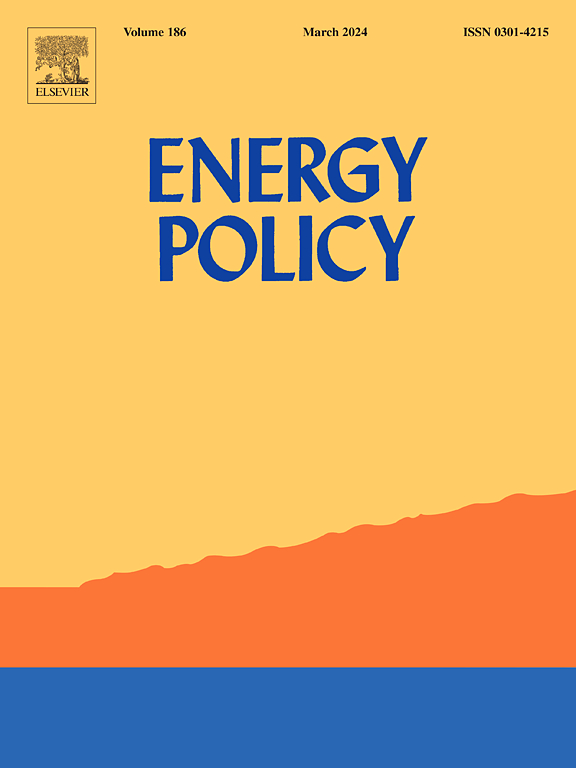Peak loads, health, and energy equality: The effects of demand-side electricity efficiency interventions
IF 9.2
2区 经济学
Q1 ECONOMICS
引用次数: 0
Abstract
Electrification is key for climate change mitigation but, if unmanaged, risks increasing energy poverty, inequalities, and peak electricity demand. While demand response to reduce peak electricity demand has been the subject of extensive research, the effects of energy efficiency interventions for wider health system and socioeconomic outcomes are less studied. This study assesses the impact of seven energy efficiency interventions on peak electricity demand in residential neighbourhoods in Aotearoa New Zealand, and compares these effects with wider system outcomes, including demonstrated direct health system costs. Using a validated agent-based model of energy use, electricity demand is simulated across socioeconomic and geographic conditions. Most energy efficiency interventions reduce peak electricity demand, with reductions of 0.08–1.64 kW/house (4–37 %). Socioeconomic variations highlight the importance of targeting energy efficiency interventions to maximise whole-system outcomes. This study suggests increasing efficiency standards, accompanied by subsidies for low-income households, would enhance these benefits. However, average effects are skewed towards the highest-income neighbourhoods and do not represent the bottom 75 % of neighbourhoods, meaning targeted subsidies would be preferable to avoid policy choices appearing biased towards wealthier segments, as well as being preferable in terms of economic efficiency and avoiding any increase in existing inequalities and energy poverty.
高峰负荷、健康和能源平等:需求侧电力效率干预的影响
电气化是减缓气候变化的关键,但如果不加以管理,可能会加剧能源贫困、不平等和电力需求高峰。虽然减少高峰电力需求的需求响应一直是广泛研究的主题,但能源效率干预措施对更广泛的卫生系统和社会经济结果的影响研究较少。本研究评估了7项能源效率干预措施对新西兰奥特罗阿居民区峰值电力需求的影响,并将这些影响与更广泛的系统结果进行了比较,包括已证明的直接卫生系统成本。使用一个经过验证的基于主体的能源使用模型,模拟了不同社会经济和地理条件下的电力需求。大多数能源效率干预措施减少峰值电力需求,减少0.08-1.64千瓦/户(4 - 37%)。社会经济差异突出了有针对性的能源效率干预措施以最大化整个系统成果的重要性。这项研究表明,提高能效标准,同时为低收入家庭提供补贴,将提高这些效益。然而,平均效应偏向于收入最高的社区,而不代表底层75%的社区,这意味着有针对性的补贴将是可取的,以避免政策选择似乎偏向于富裕阶层,同时在经济效率方面也是可取的,并避免现有不平等和能源贫困的任何增加。
本文章由计算机程序翻译,如有差异,请以英文原文为准。
求助全文
约1分钟内获得全文
求助全文
来源期刊

Energy Policy
管理科学-环境科学
CiteScore
17.30
自引率
5.60%
发文量
540
审稿时长
7.9 months
期刊介绍:
Energy policy is the manner in which a given entity (often governmental) has decided to address issues of energy development including energy conversion, distribution and use as well as reduction of greenhouse gas emissions in order to contribute to climate change mitigation. The attributes of energy policy may include legislation, international treaties, incentives to investment, guidelines for energy conservation, taxation and other public policy techniques.
Energy policy is closely related to climate change policy because totalled worldwide the energy sector emits more greenhouse gas than other sectors.
 求助内容:
求助内容: 应助结果提醒方式:
应助结果提醒方式:


